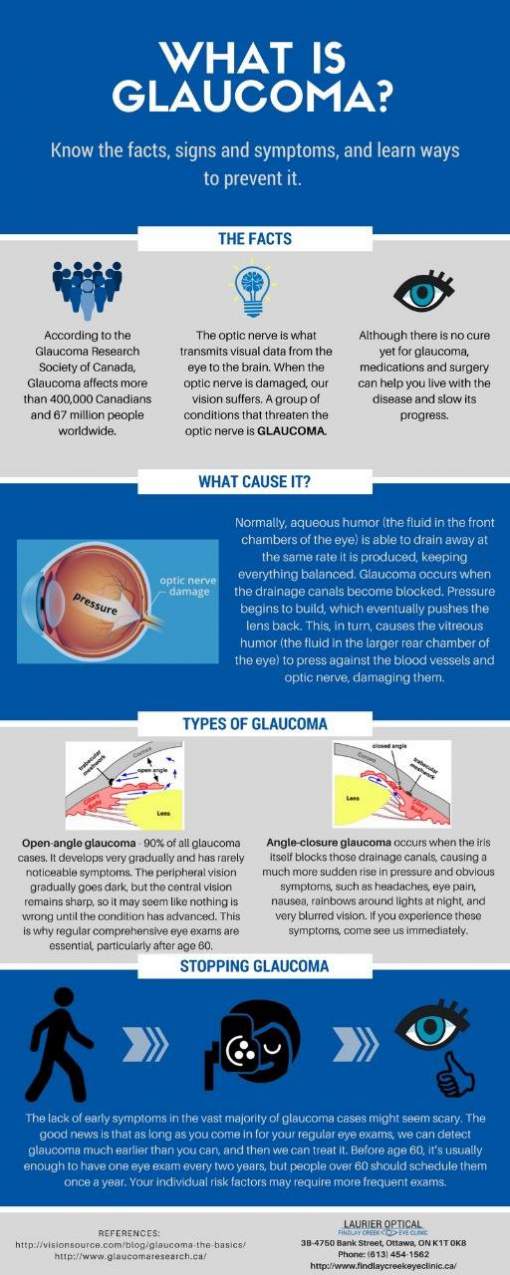Curious Concerning The Distinctions Between SMILE, LASIK, And PRK Eye Surgical Treatments?
Curious Concerning The Distinctions Between SMILE, LASIK, And PRK Eye Surgical Treatments?
Blog Article
Material Writer-McNamara Osborne
If you've been considering SMILE eye surgical treatment, you could wonder how it stacks up against LASIK and PRK. click here to find out more has its very own collection of advantages and factors to consider. From quicker recovery times to potential threats, there are vital differences you must recognize prior to deciding. Understanding these differences will help you make an educated selection that aligns with your certain needs and assumptions. Interested to understand even more about how these treatments compare thoroughly? Go on exploring to obtain a comprehensive understanding of SMILE, LASIK, and PRK.
SMILE Eye Surgery Introduction
If you're considering SMILE eye surgery, you'll find it to be a minimally intrusive treatment with a quick healing time. Throughout SMILE (Small Cut Lenticule Extraction), a laser is utilized to develop a small, specific incision in the cornea to eliminate a tiny piece of cells, reshaping it to correct your vision. This varies from LASIK, where a flap is produced, and PRK, where the outer layer of the cornea is totally removed.
Among the essential benefits of SMILE is its minimally intrusive nature, causing a faster healing process and less discomfort post-surgery. The recovery time for SMILE is fairly quick, with numerous clients experiencing improved vision within a day or 2. This makes it a prominent choice for those seeking a hassle-free and reliable vision adjustment procedure. Furthermore, SMILE has been shown to have a lower threat of dry eye disorder contrasted to LASIK, making it a favorable choice for people concerned regarding this possible adverse effects.
Distinctions Between SMILE, LASIK, and PRK
When contrasting SMILE, LASIK, and PRK eye surgical procedures, it is necessary to recognize the distinctive methods made use of in each treatment for vision adjustment.
SMILE (Tiny Cut Lenticule Extraction) is a minimally invasive procedure that entails developing a tiny incision to draw out a lenticule from the cornea, reshaping it to correct vision.
LASIK (Laser-Assisted In Situ Keratomileusis) includes creating a thin flap on the cornea, making use of a laser to improve the underlying tissue, and after that rearranging the flap.
PRK (Photorefractive Keratectomy) removes the external layer of the cornea before reshaping the tissue with a laser.
The primary difference depends on the method the cornea is accessed and treated. SMILE is flapless, making it a good alternative for individuals with thin corneas or those involved in contact sporting activities. LASIK provides quick visual recuperation because of the flap production, however it may posture a higher threat of flap-related complications. PRK, although having just click the following web page , stays clear of flap-related problems entirely.
Comprehending these variances is essential in selecting one of the most ideal treatment for your vision improvement demands.
Benefits And Drawbacks Contrast
To evaluate the benefits and drawbacks of SMILE, LASIK, and PRK eye surgical procedures, it's necessary to think about the certain advantages and potential restrictions of each procedure. SMILE surgery uses the advantage of a minimally invasive procedure, with a smaller incision and possibly quicker healing time contrasted to LASIK and PRK. It likewise decreases the threat of dry eye post-surgery, an usual side effect of LASIK. Nevertheless, SMILE may have limitations in dealing with higher degrees of myopia or astigmatism contrasted to LASIK.
LASIK surgery gives fast aesthetic healing and minimal pain during the procedure. It's highly efficient in treating a wide variety of refractive errors, including myopia, hyperopia, and astigmatism. Yet, LASIK lugs a threat of flap complications, which can influence the corneal framework.
PRK eye surgical treatment, while not as preferred as LASIK, stays clear of creating a corneal flap, reducing the risk of flap-related complications. It's suitable for people with thin corneas or irregular corneal surfaces. Nonetheless, PRK has a longer recuperation time and may involve more pain during the healing process.
Conclusion
So, when it pertains to choosing in between SMILE, LASIK, and PRK, consider it like selecting the excellent set of footwear. SMILE is like a sleek, comfortable set of sneakers - quick and simple.
LASIK is a lot more like stylish high heels - fancy and quickly, however with some potential threats.
PRK resembles sturdy hiking boots - reputable and long lasting, but needing a bit more time and effort.
Inevitably, the best choice relies on your specific requirements and preferences.
